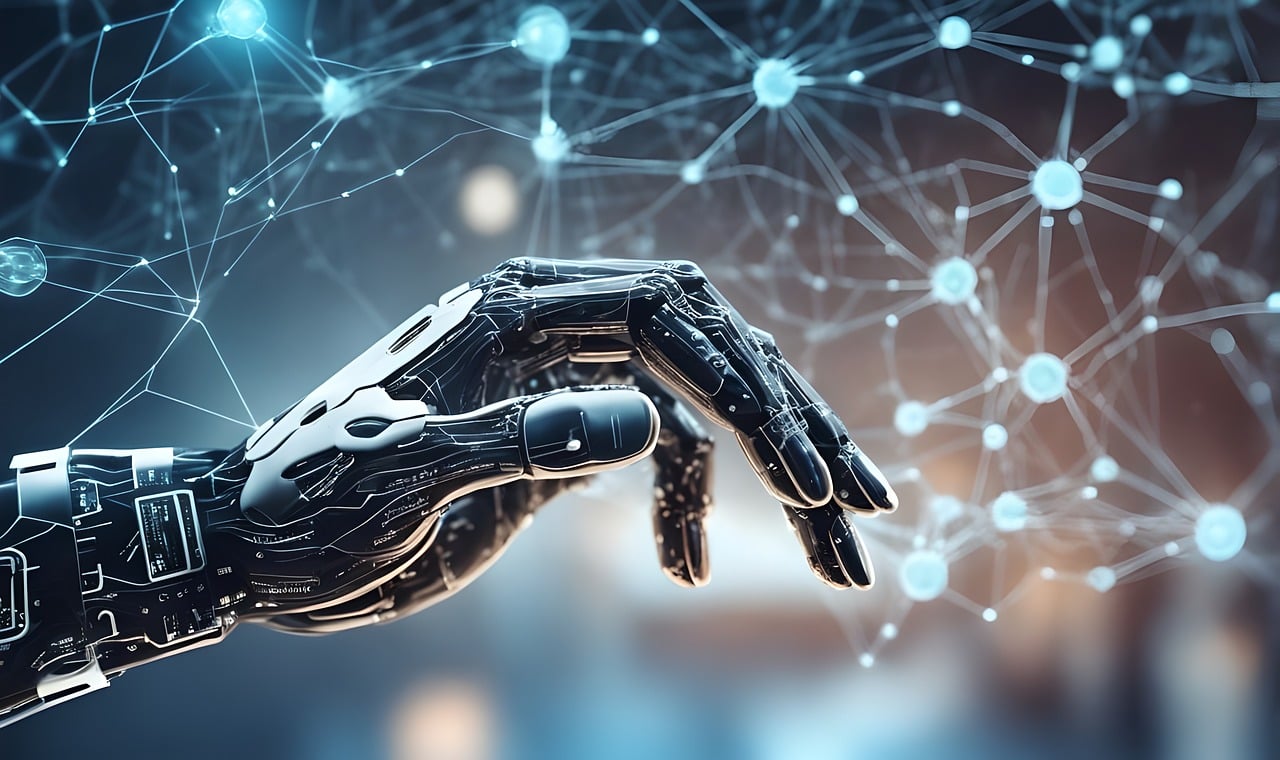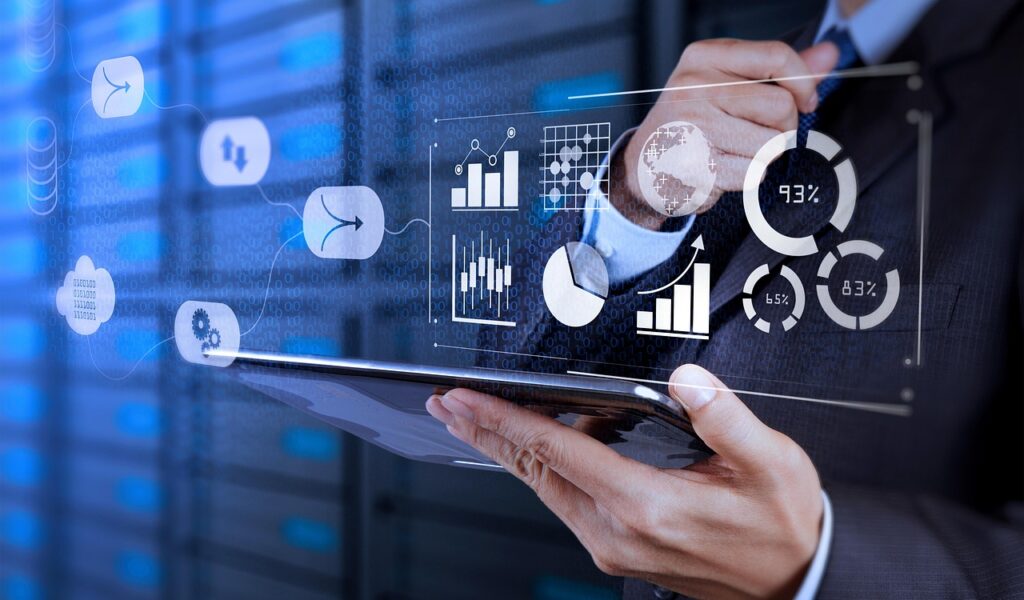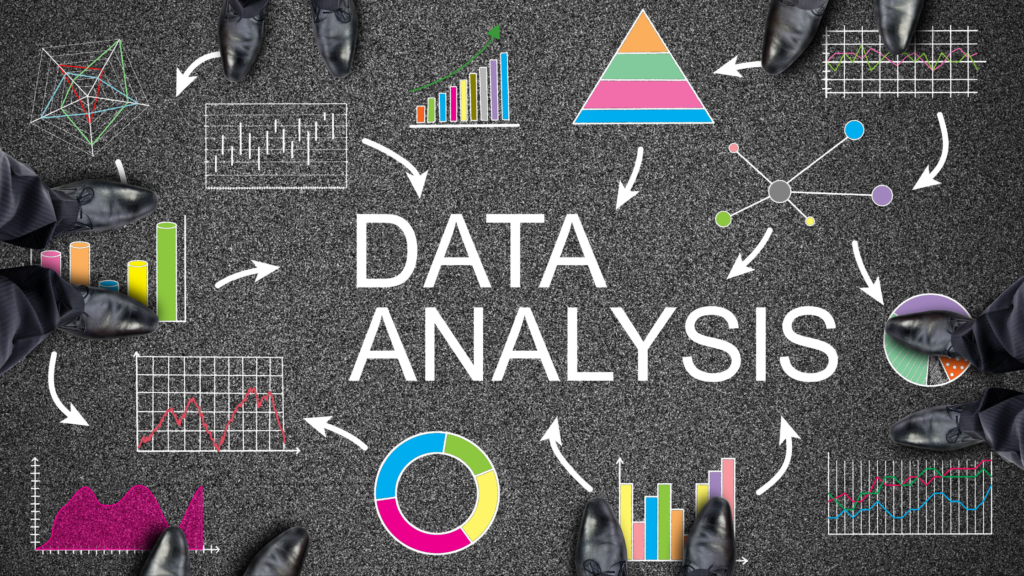Table of Contents
Introduction
Artificial Intelligence (AI) is revolutionizing industries at an unprecedented pace. Two of the most transformative AI types, Agentic AI and Generative AI, are reshaping how businesses operate. While Generative AI excels at creating content such as text, images, and code, Agentic AI autonomously makes decisions and executes actions with minimal human intervention. When combined, these AI technologies drive efficiency, automation, and innovation across multiple industries.
In this article, we explore how Agentic AI and Generative AI complement each other, their real-world applications, and how they shape the future of AI-driven transformation.
Understanding Agentic AI and Generative AI
Before exploring their synergy, let’s understand each technology individually.
What is Agentic AI?
Agentic AI refers to AI systems that can make autonomous decisions and execute tasks with minimal human oversight. It uses advanced machine learning techniques such as reinforcement learning and natural language processing to operate in complex environments. Agentic AI is goal-oriented and proactive, capable of performing tasks like decision-making, problem-solving, and workflow automation. Agentic AI is goal-driven and proactive, excelling in:
- Cybersecurity – Identifying and mitigating threats in real time.
- Regulatory Compliance – Ensuring adherence to industry standards.
- Supply Chain Optimization – Predicting demand and adjusting logistics.
- Healthcare Automation – Assisting in diagnosis and personalized treatment plans.
What is Generative AI?
Generative AI, on the other hand, specializes in creating content. It leverages deep learning models to generate text, images, audio, and even code based on user prompts. This AI is particularly useful in content creation, marketing, software development, and other creative fields. Unlike Agentic AI, Generative AI is reactive, responding to input rather than independently initiating actions. Common applications include:
- Marketing & Content Creation – Writing articles, blogs, and ad copies.
- Software Development – Generating and optimizing code.
- Healthcare & Research – Summarizing medical data and generating reports.
- Creative Design – Producing AI-generated artwork and music.
Real-World Applications of Agentic AI
Agentic AI is already making an impact in multiple industries. Here are some of its practical applications:
- Cybersecurity – AI-driven security systems can autonomously detect and mitigate cyber threats, reducing the workload of human analysts.
- Regulatory Compliance – AI agents analyze regulatory documents and corporate policies to ensure organizations remain compliant with laws.
- Software Development – Automates routine coding tasks, reducing manual effort and improving efficiency.
- Insurance Claims – Streamlines the claims process by verifying documents, processing claims, and detecting fraud.
- Supply Chain Management – Optimizes logistics, predicts demand, and adjusts inventory levels in real time.
- Healthcare – Assists in diagnosing diseases, managing patient data, and personalizing treatment plans.
- Customer Service – AI-powered chatbots provide 24/7 assistance, resolving complex queries without human intervention.
Agentic AI in Video Data Analysis
The agentic AI application is especially beneficial in smart cities, law enforcement, healthcare, and manufacturing.Agentic AI also plays a crucial role in analyzing video data across industries:
AI in Security & Surveillance
- Automates video search and anomaly detection.
- Monitors live feeds in real-time, ensuring security. Processes live video feeds from security cameras, traffic systems, and industrial machines to identify issues instantly.
AI in Manufacturing & Predictive Maintenance
- Detects equipment faults through AI-powered visual inspection.
- Optimizes industrial workflows reducing downtime.
- Video Analytics: Automates video search, anomaly detection, and incident reporting.
- Predictive Maintenance: Use of AI-powered visual inspection to detect faults in equipment before failures occur.
The Power of Combining Agentic AI and Generative AI
The impact of combined Agentic AI and Generative AI is transformative across multiple industries. By merging autonomous decision-making (Agentic AI) with content generation (Generative AI), businesses can achieve higher efficiency, automation, and innovation. When combined, Agentic AI and Generative AI can enhance automation and creativity. Here’s how they work together:
Enhanced Automation & Productivity
Agentic AI can make decisions and take actions autonomously, while Generative AI creates content, solutions, and recommendations. Together, they reduce human intervention in repetitive tasks, boosting productivity.
Smarter Decision-Making
Generative AI provides insights, drafts reports, or synthesizes information, while Agentic AI acts on these insights, optimizing workflows in areas like finance, cybersecurity, and healthcare.
Revolutionizing Customer Experience
Customer service chatbots can use Generative AI to craft human-like responses, while Agentic AI ensures timely and context-aware interactions, resolving issues automatically.
AI-Powered Content Creation & Distribution
Generative AI creates personalized marketing content, and Agentic AI schedules, optimizes, and distributes it across platforms, maximizing audience engagement.
Impact on Product Development & Manufacturing
Generative AI designs new products based on trends, while Agentic AI manages supply chains and optimizes production in real-time, reducing inefficiencies.
Improved Video Analytics & Surveillance
Agentic AI monitors video feeds, detects anomalies, and makes security decisions, while Generative AI enhances video analysis through visual interpretation.
Revolutionizing Healthcare
Generative AI summarizes patient histories, and Agentic AI uses this data for diagnosis, treatment recommendations, and administrative automation, improving patient outcomes.
Accelerated Research & Development
In scientific research, Generative AI generates hypotheses or analyzes papers, while Agentic AI autonomously runs experiments or optimizes workflows.
By merging Generative AI’s creativity with Agentic AI’s autonomous decision-making, industries can increase productivity, reduce costs, and improve user experience.
The Impact of AI on the Job Market
While the combination of Agentic AI and Generative AI brings efficiency, automation, and innovation, it also raises concerns about job displacement, workforce adaptation, and ethical challenges. Here’s a look at the potential downsides:
Job Displacement and Automation Risks
- Repetitive and Rule-Based Jobs at Risk: Roles in customer service, content creation, data entry, entry-level coding and software testing could be automated, reducing the need for human workers.
- Workforce Reduction in Certain Sectors: Industries like insurance, banking, and retail may be replacing human roles with AI-driven agents.
The Need for Upskilling and Reskilling
- Demand for AI-Related Skills: Employees will need to learn AI development, data science, and prompt engineering to stay relevant.
- Job Polarization: High-skill AI jobs will increase, but low-skill repetitive jobs may shrink, widening the skills gap.
Potential for Over-Reliance on AI
- Reduced Human Decision-Making: Businesses may over-rely on AI for decision-making, leading to biased or inaccurate outcomes if models are flawed.
- Creativity vs. Automation: While AI generates content, human creativity in design, storytelling, and problem-solving remains irreplaceable.
Ethical and Security Concerns
- Bias in AI-Driven Decisions: Generative AI models can amplify biases, leading to unfair hiring practices or misinformation.
- Job Surveillance and Worker Productivity Tracking: AI-driven analytics could increase workplace surveillance, impacting employee morale.
The Evolution of Work Culture
- Hybrid Workforces: AI will act as an assistant rather than a replacement, reshaping workflows rather than fully automating them.
- Shift Towards AI-Augmented Roles: Instead of eliminating jobs, AI will create new roles in AI monitoring, ethics, and compliance.
The impact of Agentic and Generative AI on jobs depends on how businesses and governments adapt. While some roles will become obsolete, new opportunities will emerge in AI management, development, and oversight. The key is proactive reskilling and ethical AI implementation to ensure a balanced transition.
Where Are We Headed?
The Future of AI
The future of AI is shaped by the seamless integration of Agentic AI and Generative AI, paving the way for fully autonomous workplaces where intelligent systems handle administrative tasks, content creation, and decision-making. As AI continues to evolve, we can expect:
- AI-Driven Workplaces: Businesses will rely on AI to automate operations, reducing human intervention in routine processes.
- Hyper-Personalized AI Experiences: AI will enhance customer interactions by adapting solutions based on individual preferences and behaviors.
- Advancements in AI Ethics and Governance: Increased focus on responsible AI deployment to ensure fairness, transparency, and compliance with ethical standards.
- Hybrid Workforce Evolution: A balanced integration of human creativity and AI-driven efficiency will reshape job roles and workplace dynamics.
Addressing Ethical and Workforce Challenges
While AI promises significant advancements, it also introduces key challenges that must be addressed:
- Job Displacement & Workforce Adaptation: Automation may replace repetitive roles, but new opportunities will emerge in AI development, oversight, and governance. Proactive reskilling initiatives will be crucial to prepare the workforce for AI-driven transformations.
- AI Bias & Fairness: Ensuring AI models are free from biases and trained on diverse datasets will be critical to achieving fair and ethical outcomes.
- Security & AI Misuse Risks: With autonomous AI systems handling critical decisions, safeguarding against cyber threats, misinformation, and unethical use of AI remains a top priority.
By implementing responsible AI practices and fostering continuous learning, businesses and policymakers can harness the full potential of AI while mitigating its risks, ensuring a future where AI-driven innovation benefits all industries.
Conclusion
Agentic AI and Generative AI represent two of the most powerful advancements in artificial intelligence. While Generative AI fuels creativity by producing content, Agentic AI enhances efficiency by automating decision-making. When combined, these technologies create an AI-driven future that is smarter, faster, and more efficient.
Industries must strategically adopt both AI models to maximize their potential while addressing ethical concerns, workforce transitions, and security risks. The future of AI lies in responsible integration, continuous innovation, and human-AI collaboration.
Please share your thoughts on our community.
#AgenticAI #GenerativeAI #ArtificialIntelligence #MachineLearning #AIInnovation #AITrends #FutureOfWork #Automation #AIinBusiness #DigitalTransformation #DataScienceDemystified
PS: Click here for access to the “AI platforms”




I also believe so , perfectly indited post! .
I really like your writing style, great info, appreciate it for putting up :D. “Let every man mind his own business.” by Miguel de Cervantes.